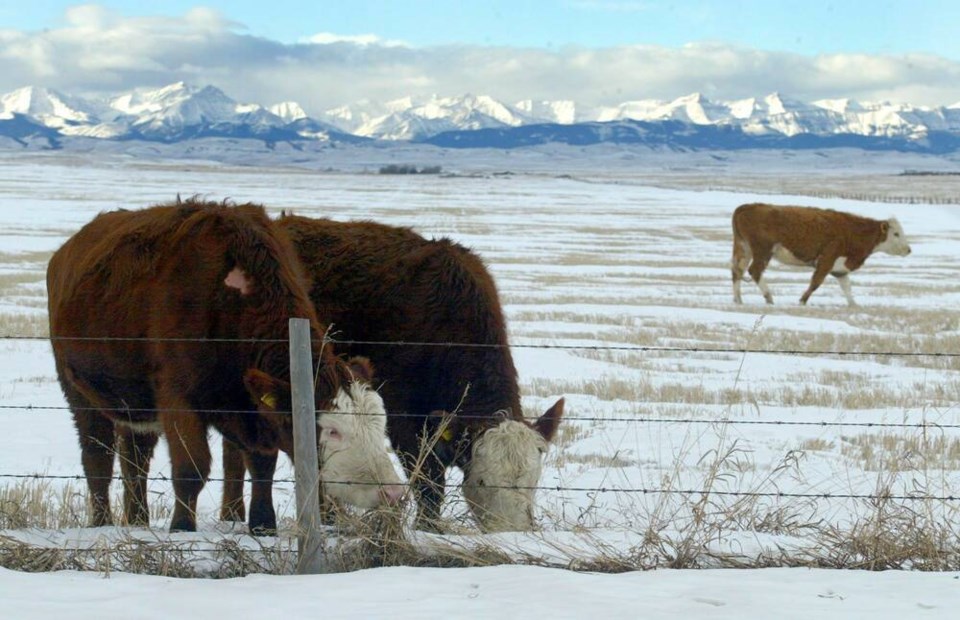Last week, I noted that Saanich — which has an ecological footprint of around three to four planets — has taken the first step to becoming a One Planet municipality by adopting a resolution to that effect. Staff will report back on next steps.
But while Saanich is almost 30 per cent of the Greater Victoria region, that still leaves 12 other municipalities, the CRD and more than 70 per cent of the population to follow suit.
The good news is that most, if not all, of our local municipalities have declared a climate emergency and created a climate action plan, as has the CRD. Since carbon emissions are an important part of the ecological footprint of the region — about 60 per cent in Saanich, which is likely the same for the whole region — this is an important start.
But our footprint also includes the land and water area we need to provide food and resources such as timber and minerals, to build our communities and their supporting infrastucture and to dispose of wastes.
Moreover, the ecological footprint is an underestimate of our full impact, since it does not include the impacts of many pollutants, especially the persistent organic pollutants we have created that permeate our food chains. Nor does it include species extinctions and the loss of biodiversity. And yet, as the UN has noted, we face a triple ecological crisis: climate change, biodiversity loss and pollution.
So becoming a One Planet region — one with a footprint equivalent to our fair share of the Earth’s biocapacity and resources — means addressing this triple crisis while reducing our footprint about 65-75 per cent. What would that mean and how would it be achieved?
First, we need to recognize the scale of the problem. So we need to measure the ecological footprint of the Greater Victoria region as well as the level of locally generated pollution and local biodiversity loss. More challengingly, this must include pollution and biodiversity loss elsewhere in the world, created both in the production of the resources we then import and use and the damage from any wastes we export.
This is quite similar to the approach needed to undertake the ecological assessment of the region in a Doughnut Economics city portrait (see my Jan. 31 column “True prosperity is doughnut-shaped” and related columns on March 7 and 14 at timescolonist.com) so we might be able to achieve both together.
Then we need the CRD and all the other municipalities to adopt a One Planet strategy or action plan, as they have done for the climate emergency. Fortunately, the team of Dr. Jennie Moore at the sa国际传媒 Institute of Technology and Cora Hallsworth that assessed Saanich’s ecological footprint in 2018 also identified some key actions to reduce the footprint.
They identified four broad areas of work: food (49 per cent of Saanich’s footprint), transportation (27 per cent), buildings (15 per cent), and consumable products and wastes (nine per cent).
Of these, municipal governments have a fair degree of control over transportation, buildings and waste management, but much less control over the food and agricultural systems and the production, sale and purchasing of consumables. Clearly, becoming a One Planet region also needs the engagement and support of the citizenry as a whole, the private sector and higher levels of government.
Moore and Hallsworth suggested a number of specific actions that we need to undertake. The two with the greatest benefit in terms of reducing our ecological footprint are related to food. Since more than 70 per cent of the food footprint is due to animal-based foods — meat, fish, eggs and dairy — they recommend we should reduce beef and dairy consumption by 50 per cent (substituting chicken for the beef) and reduce post-purchase food waste by 25 per cent — both being a task for households and the retail and food services industries.
The next largest benefits come from converting half the private vehicle fleet to electric power, reducing the number of kilometres travelled in private vehicles by one quarter, eliminating heating oil and reducing natural gas and propane consumption by two-thirds.
In a future column in this series, I will explore specifically what our local governments can do in these areas to help us become a One Planet region.
Dr. Trevor Hancock is a retired professor and senior scholar at the University of Victoria’s School of Public Health and Social Policy.

